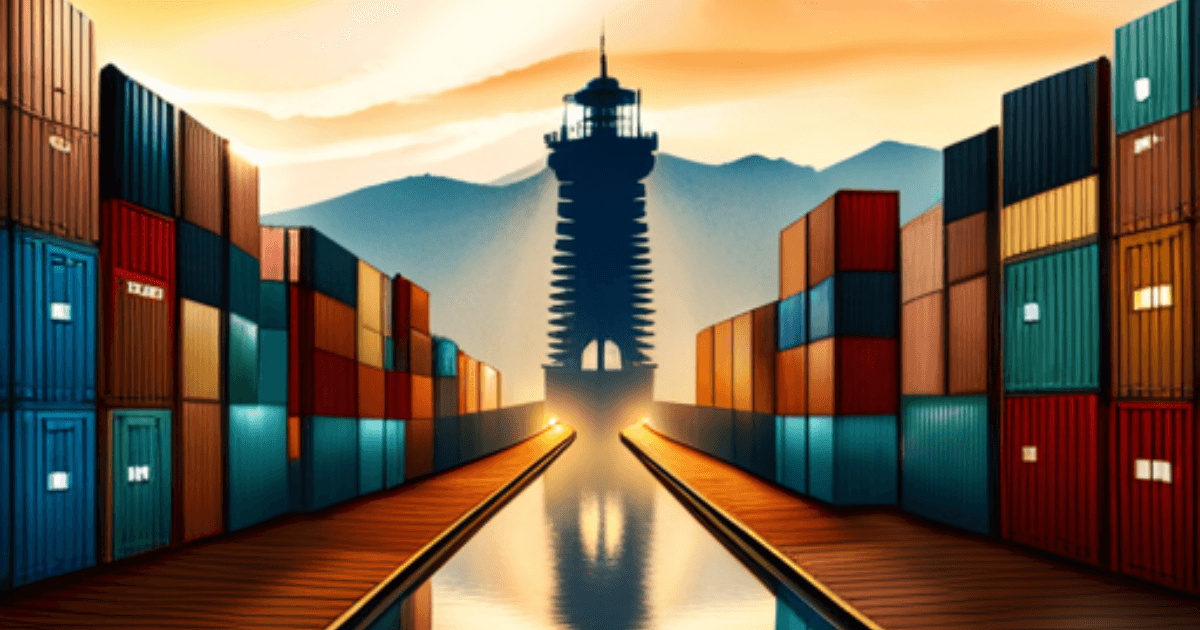Create Docker Image: Developers define a Dockerfile, which is a text file that specifies the instructions for building the Docker image. The Dockerfile includes commands to install dependencies, copy code, and configure the runtime environment.
Build Docker Image: The Docker CLI builds the Docker image based on the Dockerfile. It pulls the necessary base image, executes the instructions in the Dockerfile, and creates a layered image with all the required dependencies and configurations.
Store Docker Image: Docker images can be stored in a Docker registry, such as Docker Hub or a private registry. Registries act as repositories for sharing and distributing Docker images.
Run Docker Container: Using the Docker CLI, developers or operators can run Docker containers based on specific Docker images. The Docker Engine pulls the necessary image layers, creates a container from the image, and starts the container process.
Container Isolation: Each Docker container runs in isolation, with its own file system, network, and resources. Containers are isolated from each other and from the host system, providing a secure and consistent environment for running applications.
Container Management: Docker provides various commands and APIs for managing containers. This includes starting, stopping, restarting, and deleting containers, as well as monitoring their resource usage and logs.






